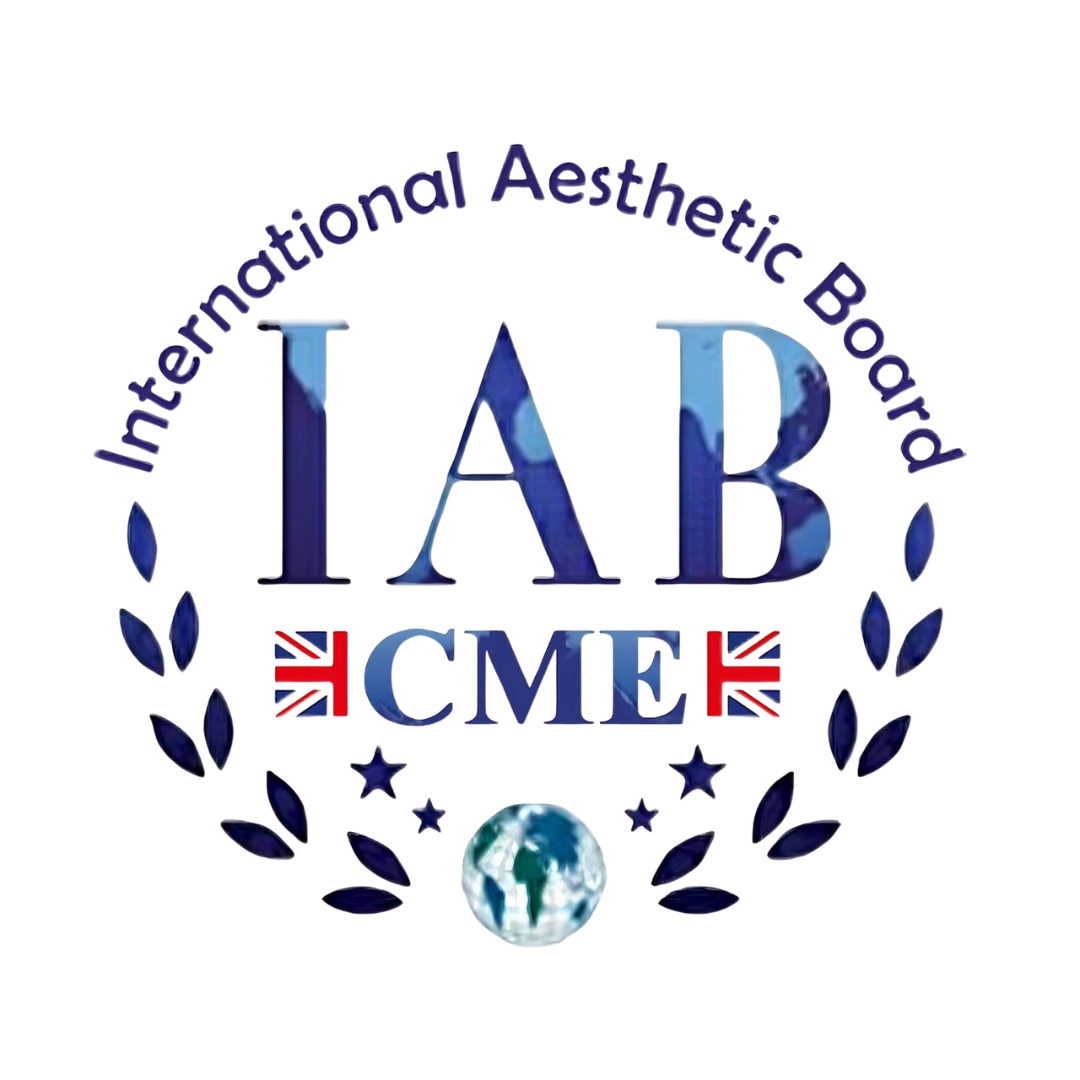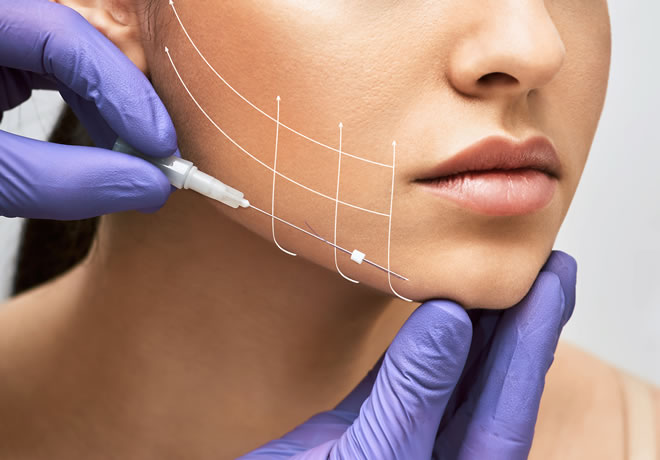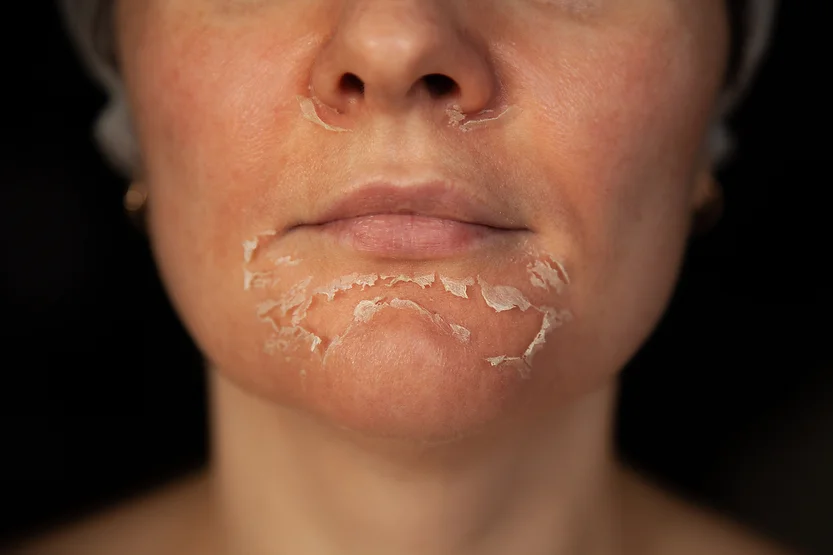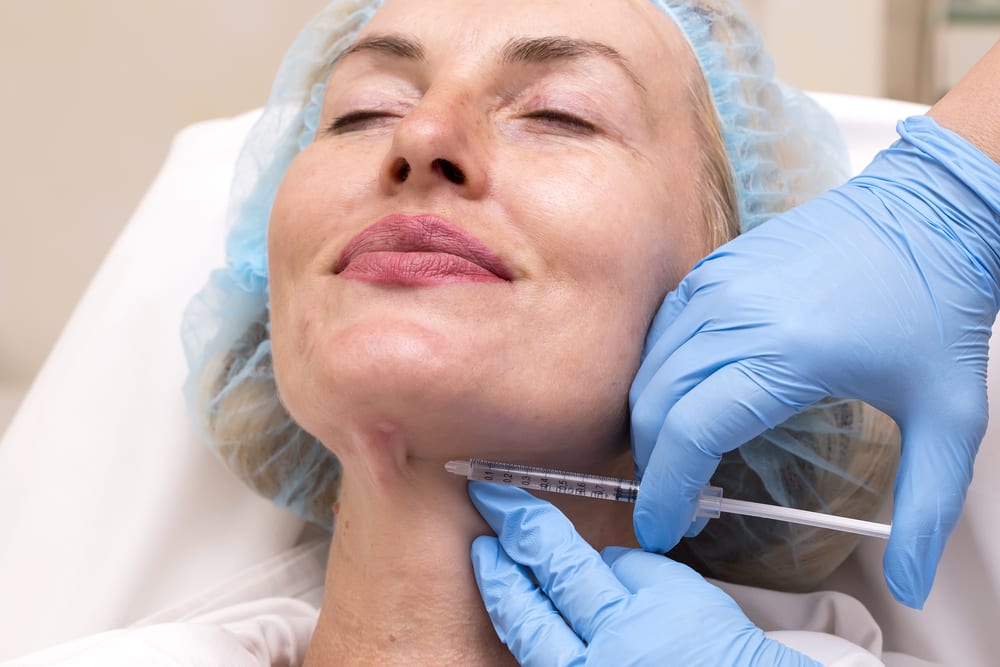Currently Empty: £0.00
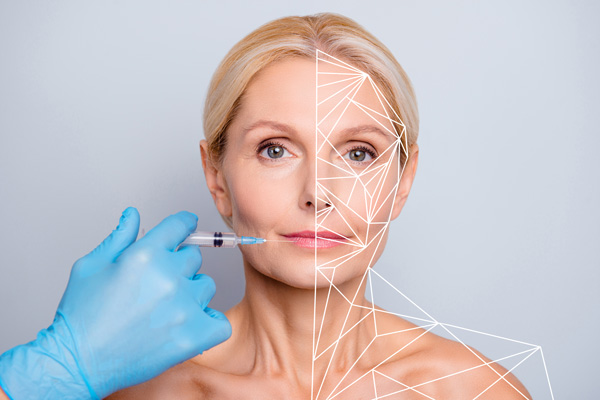
mbakr
- November 21, 2025
- Comment 0
ABSTRACT
Aesthetic medicine procedures have become increasingly sophisticated and widely practiced, yet complications—although often preventable—remain a critical concern for patient safety and clinical excellence. Complications arise from injectables, lasers, energy-based devices, threads, chemical peels, and regenerative therapies. This educational module provides a comprehensive overview of common and serious complications, focusing on prevention strategies, risk factors, early detection, and evidence-based management protocols. It equips practitioners with essential knowledge to recognize warning signs, apply immediate corrective actions, and maintain long-term patient care.
LEARNING OBJECTIVES
Upon completion of this module, learners will be able to:
- Identify common complications associated with aesthetic procedures.
- Recognize high-risk patient factors and treatment conditions.
- Apply preventive strategies across injectables, lasers, peels, and surgical adjuncts.
- Manage complications confidently using standardized clinical protocols.
- Understand when to refer to specialists for advanced care.
- Maintain patient communication and documentation for medico-legal safety.
- INTRODUCTION
Complications can occur with any aesthetic procedure—regardless of provider experience. Most complications are mild and transient, but serious adverse events, though rare, demand immediate intervention to prevent permanent harm.
High standards in:
- Anatomical knowledge
- Technique precision
- Sterile procedures
- Patient selection
- Device understanding
…are essential to ensure safety.
This module covers complications related to:
- Dermal fillers
- Botox (BoNT-A)
- Laser & energy-based devices
- Chemical peels
- Thread lifts
- Regenerative medicine (PRP, exosomes, polynucleotides)
- COMPLICATIONS RELATED TO DERMAL FILLERS
Dermal fillers are widely used for facial contouring, rejuvenation, and volume restoration. Complications range from mild swelling to life-threatening vascular compromise.
2.1 Early, Expected Reactions
- Swelling
- Redness
- Tenderness
- Bruising
These typically resolve within days.
2.2 Filler Nodules
Types
- Inflammatory
- Non-inflammatory (product-related)
Management
- Warm compress
- Massage
- Hyaluronidase (for HA fillers)
- Antibiotics if infected
2.3 Tyndall Effect
Cause:
Superficial placement of HA filler.
Management:
- Small dose of hyaluronidase
- Avoid re-injecting too superficially
2.4 Vascular Occlusion — Most Serious Complication
Signs
- Immediate severe pain
- Blanching
- Livedo pattern
- Cool skin
- Delayed capillary refill
- Skin discoloration
Emergency Management Protocol
- Stop the procedure immediately
2. High-dose hyaluronidase injections repeatedly
3. Warm compress
4. Massage area
5. Aspirin 300 mg (if not contraindicated)
6. Nitroglycerin ointment (optional)
7. Oral antibiotics
8. Refer to specialist if no improvement
If visual symptoms appear (rare but critical):
Emergency referral to ophthalmology within minutes.
2.5 Infection
Signs
- Redness
- Heat
- Pain
- Swelling
- Discharge
Management
- Oral antibiotics
- Avoid injecting during active infection
2.6 Delayed-Onset Nodules (Biofilm)
Management
- Antibiotics (macrolides, tetracyclines)
- Steroids (short-term)
- Hyaluronidase
- Culture if needed
- COMPLICATIONS FROM BOTULINUM TOXIN
Botulinum toxin is generally safe but can cause functional and aesthetic complications.
3.1 Ptosis (Eyelid or Brow)
Cause
- Diffusion to levator palpebrae or frontalis imbalance
Management
- Apraclonidine or oxymetazoline drops
- Correct approach in future sessions
3.2 Smile Asymmetry
Cause
- DAO or DLI overdosing
Management
- Micro-adjustments on opposite side
- Conservative future dosing
3.3 Frozen Look or Heavy Brows
Cause
- Excessive toxin in forehead
Management
- Allow natural recovery
- Adjust pattern next session
3.4 Dysphagia or Weakness
Rare and usually dose-dependent.
- COMPLICATIONS FROM LASERS & ENERGY-BASED DEVICES
Laser complications are often related to:
- Incorrect parameters
- Inadequate cooling
- Poor patient selection
- Recently tanned skin
4.1 Burns
Most common laser complication.
Management
- Immediate cooling
- Topical steroids (short-term)
- Hydrocolloid dressings
- Monitor for infection
4.2 Post-Inflammatory Hyperpigmentation (PIH)
Particularly in skin types IV–VI.
Prevention
- Gentle parameters
- Pre-treatment priming
- Avoiding aggressive heat
Treatment
- Topical brighteners
- Sunscreen
- Low-strength peels once healed
4.3 Hypopigmentation
Caused by melanocyte injury.
More likely after aggressive resurfacing.
4.4 Scarring
Rare but occurs from:
- High fluence
- Overlapping passes
- Infected wounds
4.5 Herpes Reactivation
Common after CO₂ resurfacing.
Requires antiviral prophylaxis.
4.6 Worsening of Melasma
Melasma is heat sensitive.
High-energy lasers can cause rebound.
- COMPLICATIONS FROM CHEMICAL PEELS
5.1 Prolonged Redness
Common after medium-depth peels.
Usually resolves spontaneously.
5.2 PIH
Most frequent complication.
Prevention
- Pre-Treatment priming
- Avoid sun
- Avoid over-aggressive peeling
5.3 Burns
Caused by excessive layers or poor neutralization.
Management:
- Immediate neutralization (if required)
- Topical steroids
- Cooling
- Hydration
5.4 Scarring
Rare but higher with phenol or TCA.
5.5 Infection
Especially in deeper peels.
- COMPLICATIONS FROM THREAD LIFTS
6.1 Bruising & Swelling
Common and expected.
6.2 Dimpling / Irregular Contour
Management
- Gentle massage
- Release tension after 1–2 weeks if persistent
6.3 Thread Extrusion
Management
- Remove the exposed segment under sterile technique
6.4 Thread Migration
Management
- Reposition if possible
- Remove if necessary
6.5 Asymmetry
Often due to tissue settling; reassess after 2–4 weeks.
6.6 Infection
Prevention: strict sterility
Management: antibiotics ± thread removal
- REGENERATIVE THERAPIES (PRP, EXOSOMES, PN)
7.1 PRP Complications
- Bruising
- Swelling
- Infection (rare)
- Temporary worsening of shedding in hair protocols
7.2 Exosome Therapy Complications
Generally minimal:
- Redness
- Sensitivity
- Mild swelling
7.3 Polynucleotides (PN / PDRN)
- Mild erythema
- Swelling
- Rare hypersensitivity events
- GENERAL PRINCIPLES OF COMPLICATION PREVENTION
8.1 Patient Assessment
- Medical history
- Skin type
- Medications
- Contraindications
- History of keloid or poor wound healing
8.2 Informed Consent
Must include:
- Expected outcomes
- Risks
- Alternatives
- Pre/post-care instructions
8.3 Sterile Technique
Critical for injectables, threads, PRP, and microneedling.
8.4 Understanding Anatomy
Most severe complications are anatomical errors involving:
- Arteries
- Veins
- Nerves
- Fat compartments
8.5 Conservative Treatment Approach
Use the lowest effective:
- Toxin dose
- Laser fluence
- Filler volume
- Peel depth
- EARLY DETECTION & MANAGEMENT FRAMEWORK
Early intervention is the key to preventing long-term damage.
Red Flags
- Sudden severe pain
- Blanching
- Vision changes
- Blistering
- Rapid swelling
- High fever
Immediate action is required if any appear.
- DOCUMENTATION & MEDICO-LEGAL SAFETY
10.1 Documentation
Record:
- Product details
- Lot numbers
- Injection points
- Energy settings
- Pre/post photographs
10.2 Patient Communication
Provide:
- Clear instructions
- Emergency contact
- Written aftercare
10.3 Follow-Up
Schedule:
- 1–2 week review
- Additional visits if concerns arise
- KEY LEARNING POINTS
- Complications occur even with experienced practitioners—prevention is essential.
- Thorough patient assessment reduces risk significantly.
- Fillers carry the highest risk of vascular compromise; practitioners must master protocols.
- Botulinum toxin complications are often functional and reversible.
- Lasers must be used cautiously in darker skin types to avoid PIH.
- Thread lifts require proper plane placement to avoid visibility and extrusion.
- Early intervention and documentation protect patient safety and clinical reputation.
- Continuous training and emergency preparedness are mandatory for all aesthetic practitioners.
